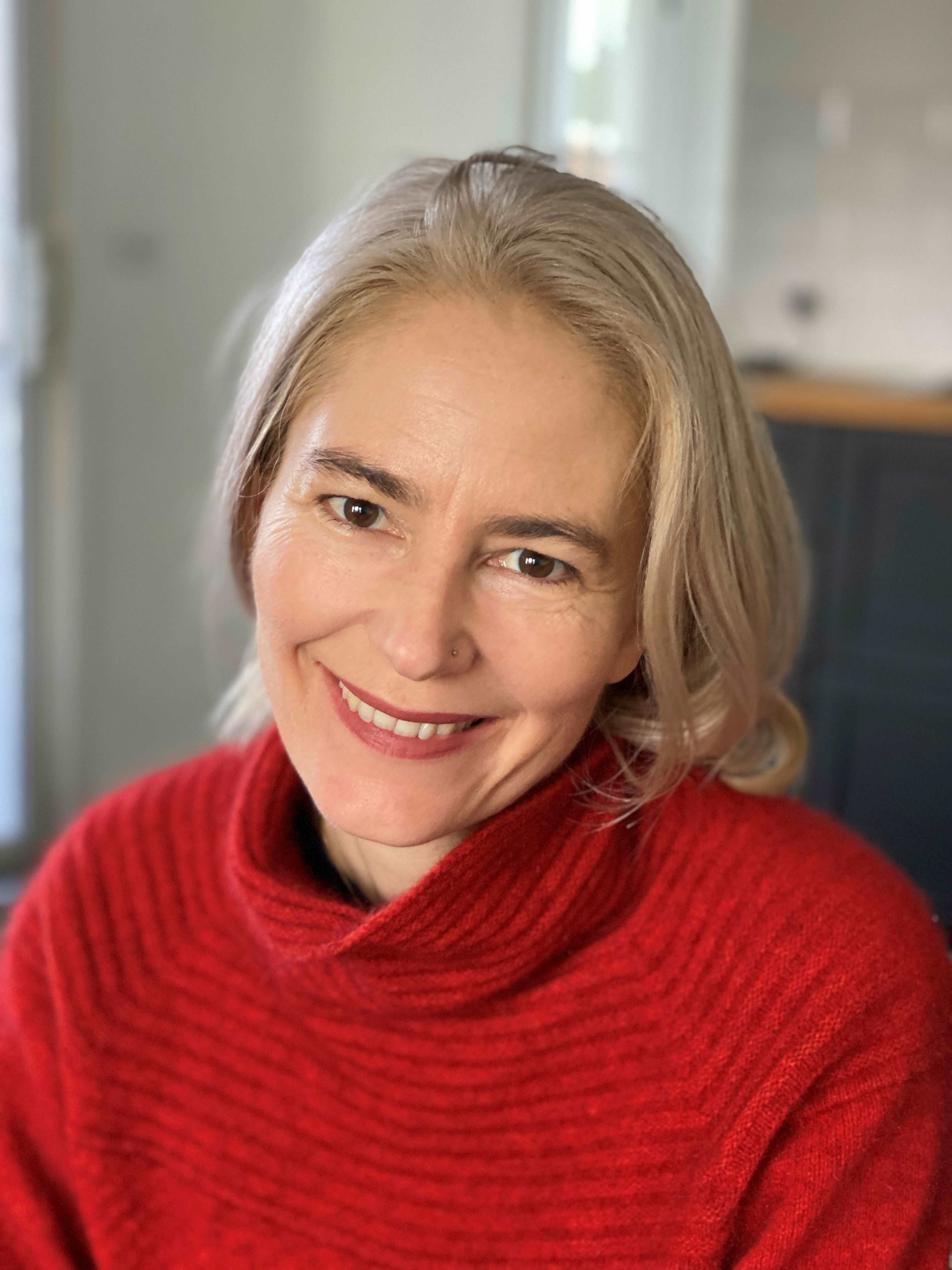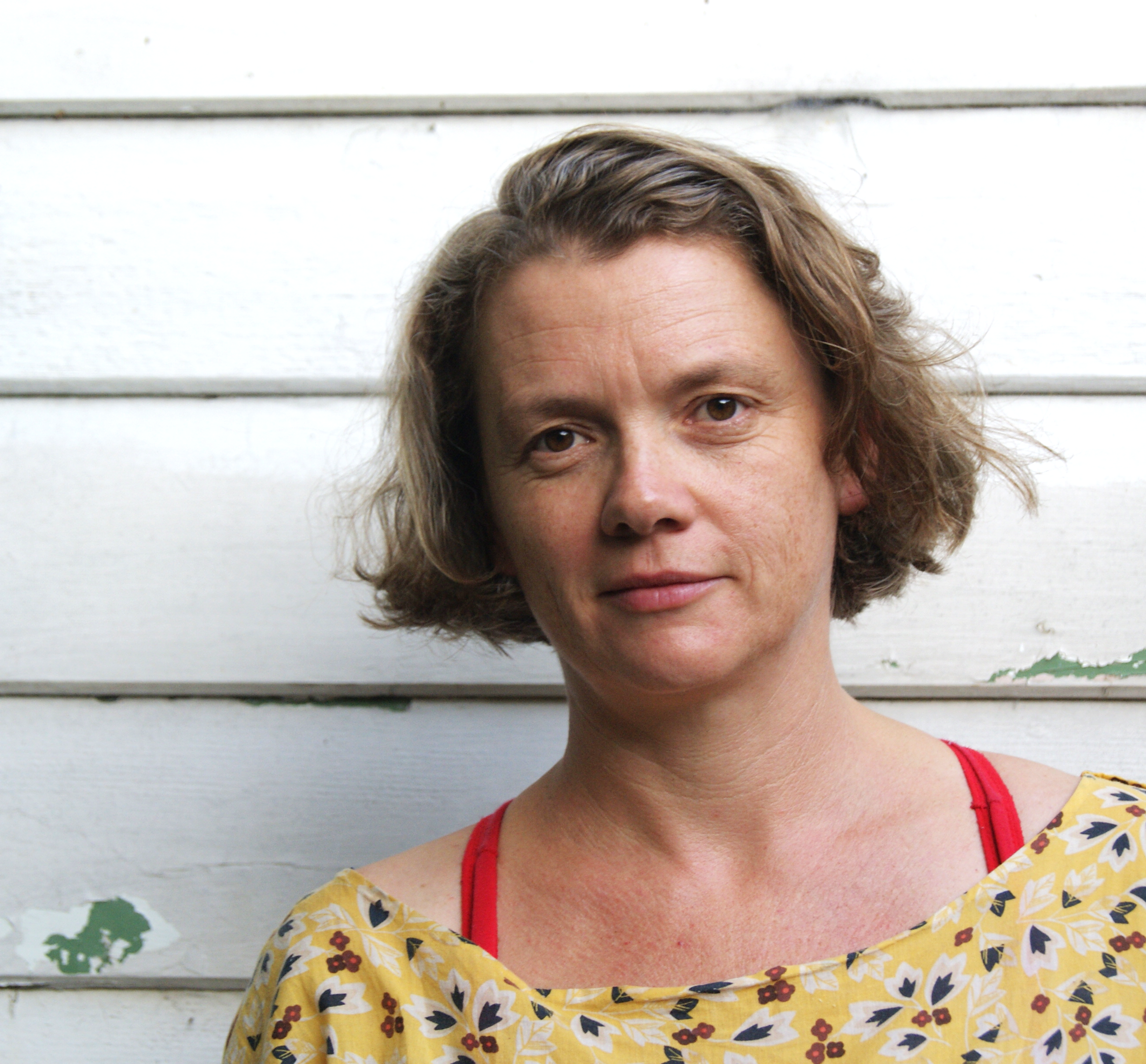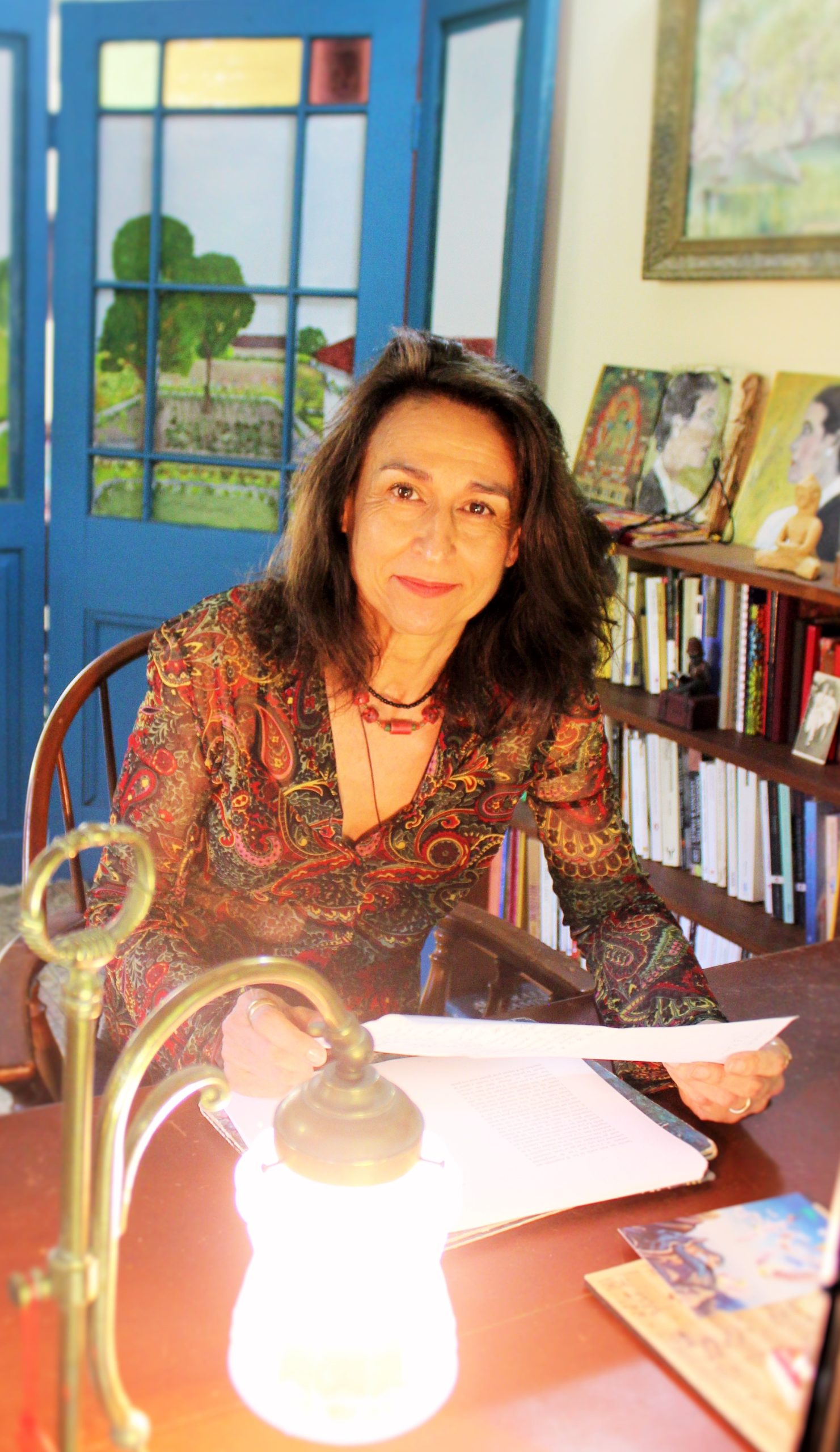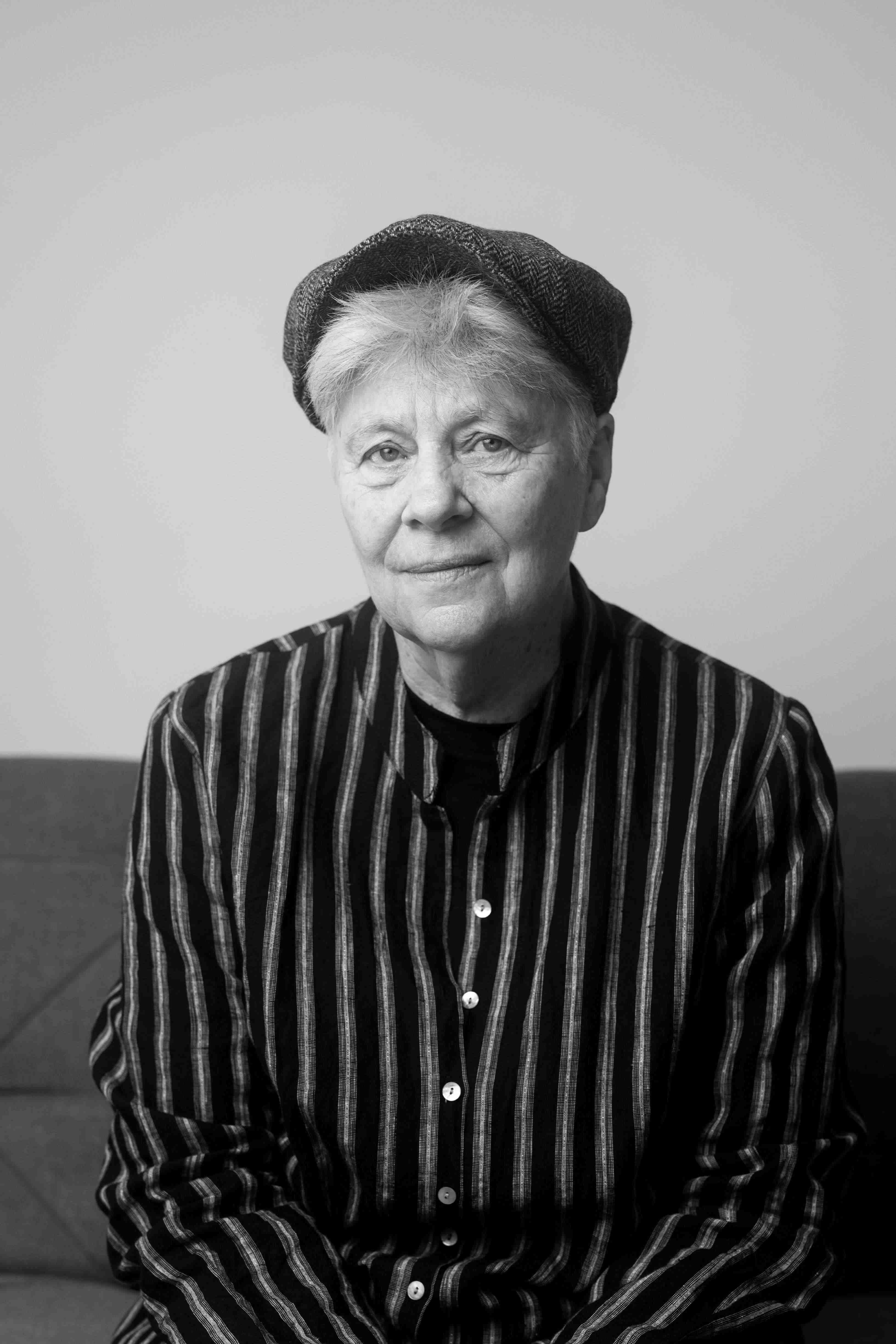How would you describe Flight?
Flight is a collection of dreamscape poems that explores themes of immigration, motherhood, longing and the domestic, set within the backdrop of COVID-19. Fuelled by metaphor and humour, these poems are meditations about love in its many permutations. From a sentence to a few pages in length, I think of these observation-moments as little doorways, inviting the reader into my world.
What drew you to write this poetry?
I’m usually a prose writer and was sceptical of writing poetry – but poems kept arriving. Some began as idea-images jotted down over fifteen years ago and others arrived under the pressure of COVID lockdown. Some surfaced when I was meditating, others while I was sitting at my computer, staring out the window. Maybe as a novelist and short story writer, I’m used to hiding behind plot and character. These poems seemed to come from a different compartment in my brain, one that’s closer to my heart and the stuff of being human and alive.
Tell us a bit about the experience of writing the book…
This collection was written over the course of about fifteen years – or maybe the book has been writing me for fifteen years. My novels demanded redrafting and revising, editing and more editing, but this collection arrived with ease and joy. The shortened form, the ability to play within containment. Even revising was fun. This book taught me again about why writing matters and what it means to put experiences and moments into words. How writing can be clarifying and foundational: a tool to help us understand our human condition. Also, I loved the editing and thinking-through and talking-about with designer, curator and artist Phil Day. He was generous with engagement and discussion, and wow, what an artist. I love the cover, and the book as an aesthetic artefact.
Who is this book for?
Anyone wrestling with the domestic, parenthood, longing and/or the many forms and permutations of love (romantic, platonic, parental, friendship…). It’s a gift for mothers and parents – folks with small children have said the book really affected them.
When (or where) would be the perfect time (or place) to read this book?
In bed, one or two poems at a time, before falling asleep. While they’re short and the language simple, they’re often layered with metaphor that demands a slower pace, I think.
What do you hope readers will take from this book?
That they are not alone. That longing may be inconvenient but it is part of the human condition.
What prompted you to start writing poetry and when did you start?
I started writing microfictions maybe twenty years ago when I was thinking about compression and story. That is, what do you ‘need’ for a story to read as a story? What are the critical components? Then, I started writing these things that weren’t quite stories. They became more experimental, more like impulses or feelings imagined into words. I read work by Patrick Lenton––he was a student of mine at the time––and loved how much play and joy he had in his stories, how downright wacky they were. And that led my stories to move along the continuum from microfiction to prose poem. Then, once I’d broken free, they kept arriving. Sometimes fully formed, sometimes as kernels to be pried open.
One thing you’ve learned the hard way when it comes to writing poetry?
I’m not sure poetry is ‘hard’, it’s been so patient with me. But one thing I’ve learned is it’s okay to put a poem down and come back to it later– even if ‘later’ is years or decades down the line. With some poems, time is the only thing that can give us perspective to see and edit the parts of ourselves hiding in the poems, taking up too much space. Poet Christine Howe said once in a lecture that the poem can start with the self, but then it needs to open up to the world. I think about that often.
Best investment you’ve ever made in your writing?
Teaching. Being forced to articulate what works and doesn’t work in a novel or screenplay or poem: what’s cliché, what’s overwritten, what underwritten, what’s lacking in subtext, what could be pared back, what gives space to the reader within the text, what affects, what draws us in, what makes us think… Considering all of these things and articulating them with other writers engaged with the work of thinking through this stuff, has had a tremendous and positive effect on my writing.
Favourite bookshop anywhere in the world?
I love the Collins Bookshop in Thirroul, NSW, and I love Books by the Way, on Vashon Island, WA, USA, where I grew up.
What book are you currently reading?
Ali Cobby Eckermann’s Inside My Mother and Emma Darragh’s Thanks for Having Me.
What’s the last book you read that you loved?
Kazuo Ishiguro’s Klara and the Sun. Wow. Wow, wow, wow. Talk about making me think. I love the notion that AI could be more empathetic and human than humans.





